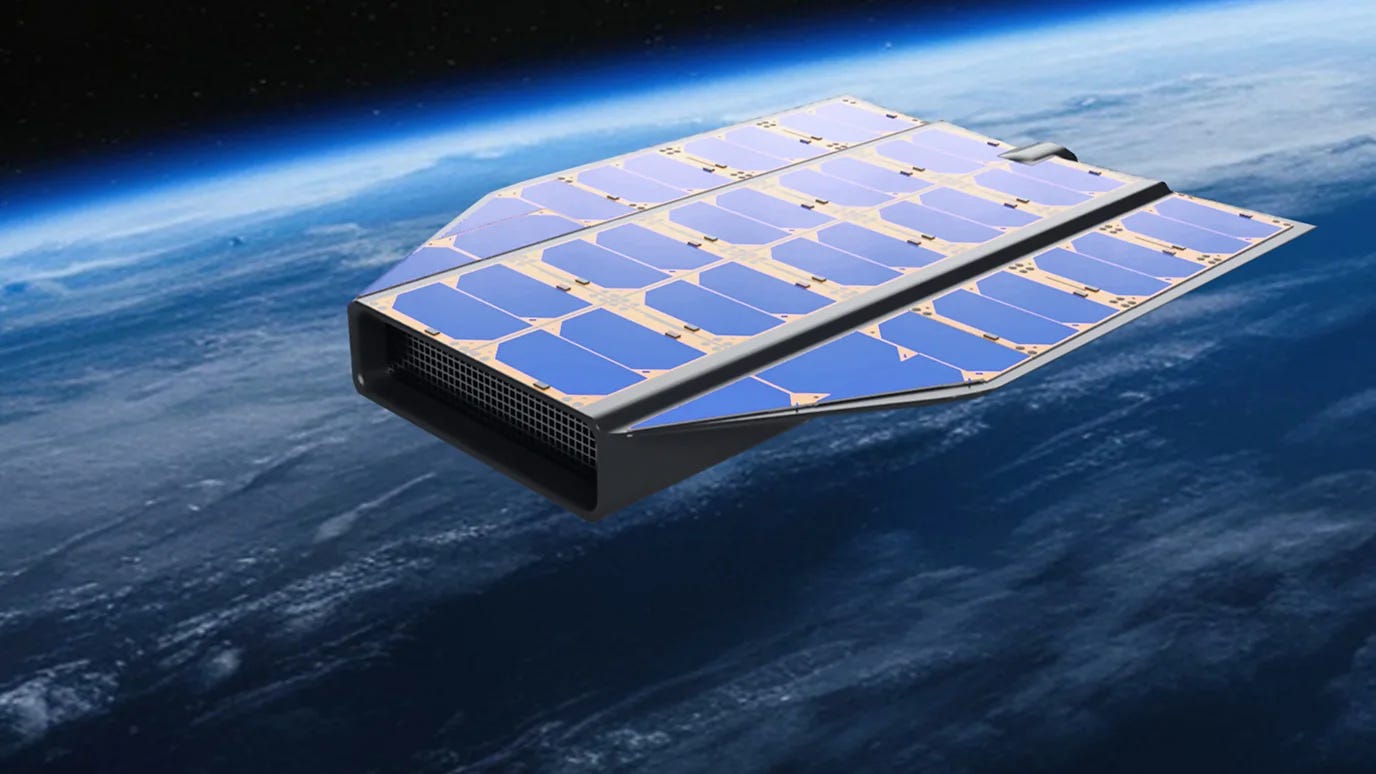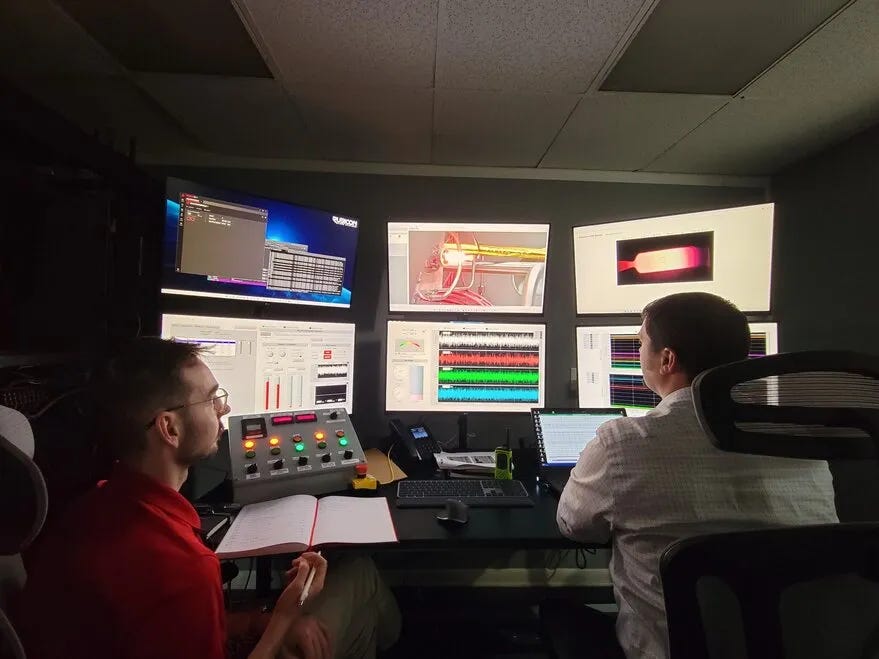Skimming the Edge: The Push for Very Low Earth Orbits
The Race to Lower Orbits, Cleaner Propulsion, and Smarter Space Traffic—Are We Keeping Up?
The space industry is pushing boundaries on all fronts. Satellites are skimming the edge of the atmosphere, scientists are eyeing water-based rocket fuel, and Astroscale & ClearSpace are gearing up for a dual-satellite debris cleanup mission. But while innovation surges ahead, risks are growing too.
The U.S. military’s space tracking systems are under pressure from rising threats, and global efforts to enforce smarter space traffic management are lagging behind. Meanwhile, SpaceX just set another reusability record, and NASA is backing greener propulsion tech with a new ASCENT thruster project. In the governance arena, ISO 24113 is shaping the future of space debris mitigation, and the recently launched ESG in Space Podcast breaks down why sustainability is no longer just about removing junk—it’s about regulating a booming, high-stakes industry before it spins out of control.
Let’s dive in.
In This Issue
Sky skimmers: The race to fly satellites in the lowest orbits yet
Scientists Are Getting Closer to a Better Source of Rocket Fuel: Good Ol’ Water
Astroscale and ClearSpace reach development milestone for dual-satellite deorbit mission
U.S. military space tracking systems strain under new threats
SpaceX Falcon 9 rocket launches 21 Starlink satellites on record-setting 26th flight
Rubicon wins NASA contract to develop large ASCENT thruster
Sky skimmers: The race to fly satellites in the lowest orbits yet
The race to deploy satellites into very low Earth orbits (VLEO) is intensifying, with both governmental and commercial entities recognizing the unique advantages of operating at altitudes below 450 kilometers. Operating in VLEO offers enhanced satellite performance, reduced launch and operational costs, improved communication link budgets, and the benefit of self-cleaning orbits due to increased atmospheric drag, which helps mitigate space debris. Notable missions include the European Space Agency’s GOCE satellite, which maintained an orbit between 250 and 300 kilometers from 2009 to 2013, and Japan’s JAXA launching the SLATS (“Tsubame”) satellite in 2017, operating at altitudes as low as 167.4 kilometers. Companies like Albedo, EOI Space, and Thales Alenia Space are also exploring VLEO operations, aiming to capitalize on the benefits of these lower orbits. However, challenges persist, such as increased atmospheric drag requiring more frequent propulsion adjustments and the need for advanced materials to withstand harsher atmospheric conditions. Despite these hurdles, the pursuit of VLEO operations signifies a significant shift towards more efficient and sustainable satellite deployment strategies.
Scientists Are Getting Closer to a Better Source of Rocket Fuel: Good Ol’ Water
Researchers at the University of Bologna are pioneering a new era in eco-friendly space propulsion with their Water-Based Electric Thrusters (WET) Project. This initiative aims to develop rocket thrusters powered by plasma generated from water through electrolysis, offering a sustainable alternative to traditional fossil fuel-based propellants. While water-powered thrusters have previously launched small satellites, the WET Project aspires to scale this technology for larger missions, potentially revolutionizing space exploration with cleaner propulsion systems.
Astroscale and ClearSpace reach development milestone for dual-satellite deorbit mission
Astroscale and ClearSpace have achieved a significant milestone in their collaborative mission to deorbit two defunct satellites in a single operation. Having surpassed the halfway point in de-risking essential technologies, the duo is on track for a 2026 launch. This mission not only aims to enhance space sustainability but also to set a precedent for future large-scale debris removal efforts.
U.S. military space tracking systems strain under new threats
The U.S. military’s space tracking systems are facing increased pressure due to emerging threats and recent satellite incidents. The October breakup of the Intelsat 33e satellite in geostationary orbit has added complexity to the space environment, highlighting the challenges in monitoring and managing space debris. As adversaries develop advanced anti-satellite weapons, the existing Space Surveillance Network (SSN) is straining to keep pace. Efforts are underway to enhance these systems, but the rapidly evolving threat landscape underscores the urgency for improved space domain awareness and debris mitigation strategies.
SpaceX Falcon 9 rocket launches 21 Starlink satellites on record-setting 26th flight
SpaceX has once again pushed the boundaries of rocket reusability. On February 15, 2025, a Falcon 9 rocket successfully launched 21 Starlink broadband satellites into low Earth orbit from Florida’s Cape Canaveral Space Force Station. This mission marked the 26th flight for this particular first-stage booster, setting a new record for the company.
Rubicon wins NASA contract to develop large ASCENT thruster
Rubicon Space Systems has secured a NASA contract to develop a 110-newton Advanced Spacecraft Energetic Non-Toxic (ASCENT) thruster prototype. This project, managed by NASA’s Marshall Space Flight Center, aims to create a larger, more efficient propulsion system for spacecraft, enhancing performance while prioritizing environmental safety. The ASCENT thruster utilizes a non-toxic propellant, offering a safer alternative to traditional hydrazine-based systems. This initiative aligns with NASA’s commitment to advancing green propulsion technologies for future space missions.
Interesting Posts & Videos
The space economy is expanding fast, but coordination isn’t keeping pace. In the first episode of the ESG in Space Podcast by the Secure World Foundation, James Cemmell breaks down why sustainability isn’t just about clearing debris—it’s about governance, risk management, and making space work for everyone. With mega-constellations multiplying, emerging space economies gaining traction, and insurers pushing for more accountability, the industry is at a crossroads.
Will the private sector self-regulate, or will governments step in? Could the EU’s upcoming space law set the global standard, just like GDPR did for data privacy? And with thousands of satellites launching, how do we prevent orbital chaos? Cemmell dives into these urgent questions—listen to the full episode here.
In a recent LinkedIn post, Manuel Soto breaks down ISO 24113, the international standard designed to keep Earth’s orbits sustainable by minimizing space debris. The standard outlines key measures, including preventing accidental debris release, ensuring satellites are safely disposed of post-mission, avoiding in-orbit breakups, and enforcing collision risk management. Operators are required to follow strict guidelines—like deorbiting satellites within 25 years of mission completion and passivating energy sources to prevent explosions. Recognized globally by agencies like ESA and NASA, ISO 24113 plays a critical role in aligning space law, reducing liability risks, and preventing the Kessler syndrome. As mega-constellations grow, adherence to these standards will be essential for a sustainable, collision-free future in orbit.
Job Posts
Program Analyst, Space Sustainability - Secure World Foundation
Thanks for reading.
Until next time!



